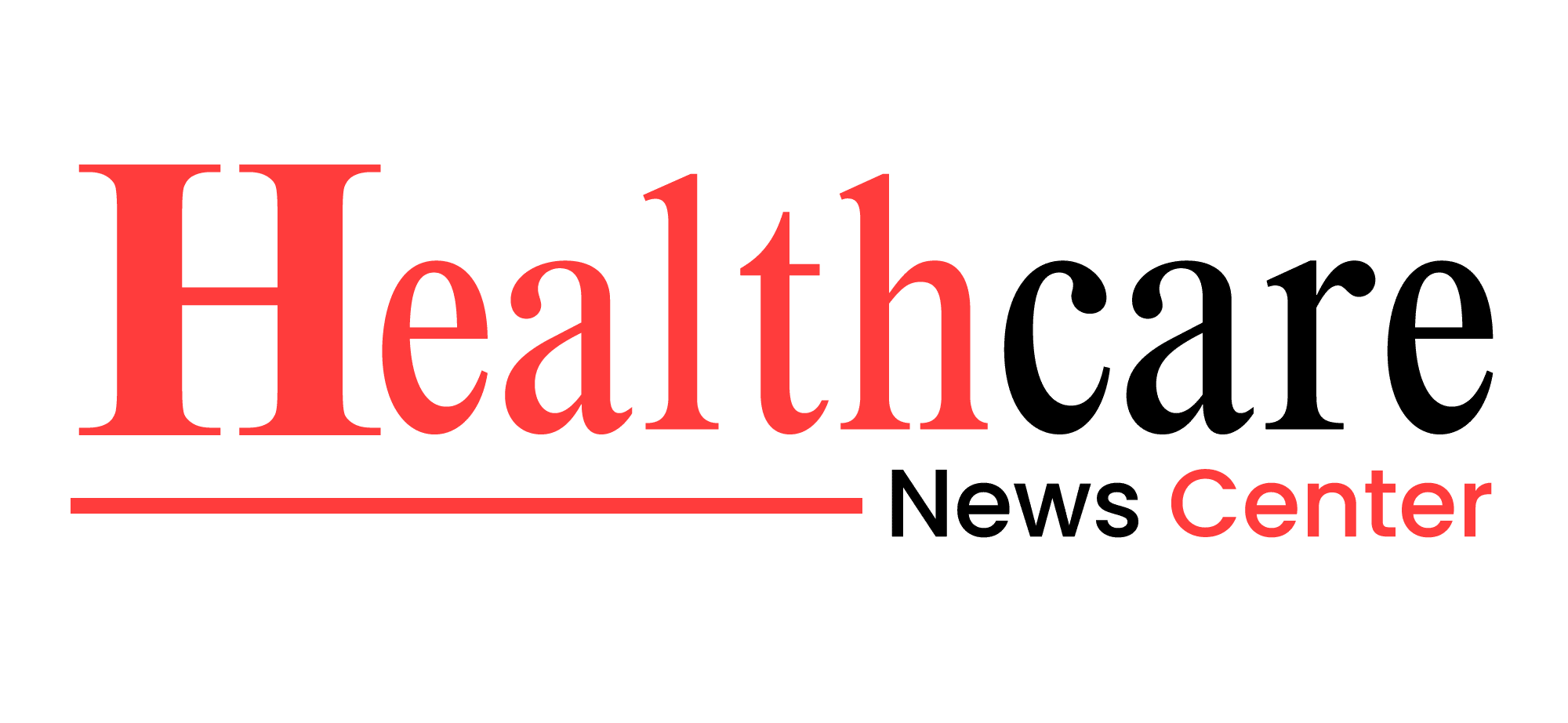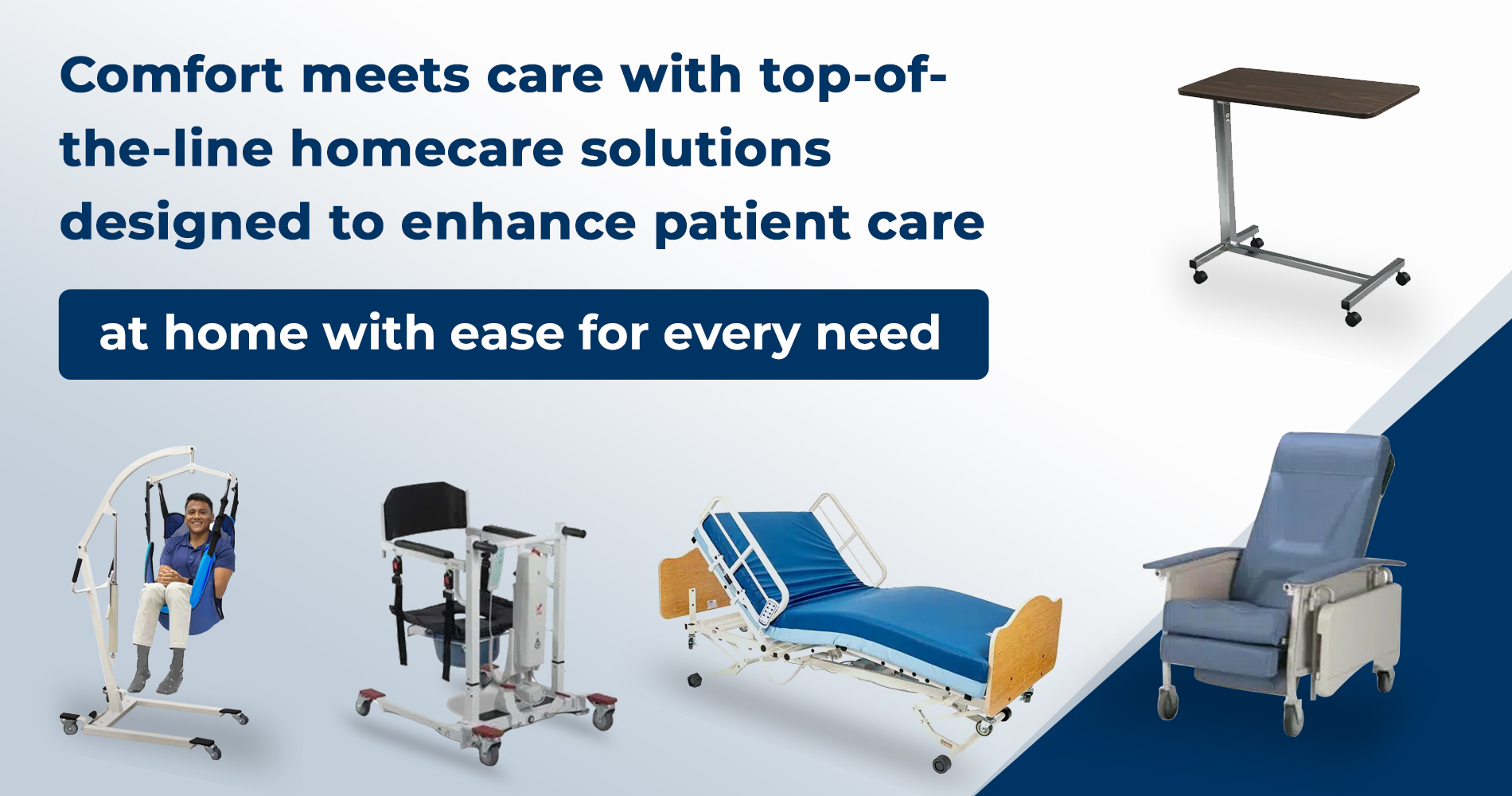Mpox, previously known as monkeypox, has emerged as a concerning health issue with implications for public health globally. This article delves into what Mpox is, the current state of the outbreak, and how worried we should be about this disease.
Understanding Mpox
Mpox is caused by the Mpox virus, a member of the orthopoxvirus family, which also includes the smallpox virus. First identified in monkeys in 1958, Mpox primarily affects rodents and other animals but can occasionally infect humans. The first human case was recorded in the Democratic Republic of the Congo in 1970 (World Health Organization, 2024).
The disease manifests with symptoms similar to smallpox, including fever, rash, and swollen lymph nodes. Unlike smallpox, Mpox is generally less severe and often resolves without intervention. However, recent outbreaks have raised concerns about its spread and impact.
Current State of the Mpox Outbreak
The latest outbreak of Mpox, which began in mid-2023, has drawn significant attention. According to the Centers for Disease Control and Prevention (CDC), there have been over 60,000 reported cases worldwide as of August 2024 (CDC, 2024). The outbreak has been notable for its rapid spread in areas previously not affected by the virus, including many parts of Europe and North America.
Public health officials are particularly concerned about Mpox due to its potential for community transmission and the strain it places on healthcare systems. The World Health Organization (WHO) declared Mpox a global health emergency in July 2023, reflecting the seriousness of the situation (WHO, 2023).
Transmission and Symptoms
Mpox is transmitted through direct contact with infected animals, humans, or contaminated materials. Human-to-human transmission occurs primarily through respiratory droplets and contact with lesions or bodily fluids of infected individuals (CDC, 2024).
Symptoms usually begin with fever, headache, muscle aches, and swollen lymph nodes, followed by a characteristic rash that progresses through several stages. While most cases are mild and self-limiting, severe complications can arise, particularly in individuals with weakened immune systems (WHO, 2024).
Current Risk Assessment
The risk posed by Mpox varies depending on several factors, including geographic location, public health responses, and vaccination status. The CDC emphasizes that while the overall risk to the general public remains low, individuals in close contact with infected persons or animals are at higher risk (CDC, 2024).
Recent studies, including those published in The Lancet Infectious Diseases in June 2024, have shown that the current outbreak’s spread is primarily linked to close contact settings, such as households and healthcare facilities (The Lancet Infectious Diseases, June 2024). This highlights the importance of preventive measures, such as improving infection control practices and vaccination.
Preventive Measures and Vaccination
Prevention strategies for Mpox include avoiding contact with animals that may carry the virus, practicing good hygiene, and using personal protective equipment (PPE) in healthcare settings. Vaccination with the smallpox vaccine has been shown to provide some level of protection against Mpox. The CDC recommends vaccination for high-risk individuals and healthcare workers exposed to the virus (CDC, 2024).
Conclusion
While Mpox presents a significant public health challenge, the current risk to the general population remains manageable with appropriate preventive measures and vaccination. Monitoring the situation closely, adhering to recommended practices, and staying informed through reliable sources will be crucial in mitigating the impact of this disease.
For more information on Mpox, refer to the World Health Organization, Centers for Disease Control and Prevention, and recent publications in The Lancet Infectious Diseases (The Lancet Infectious Diseases).

